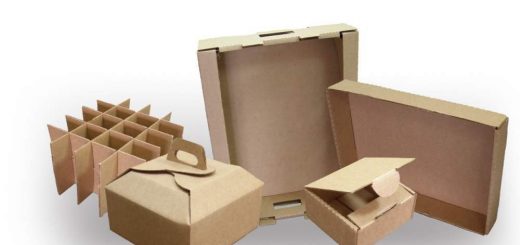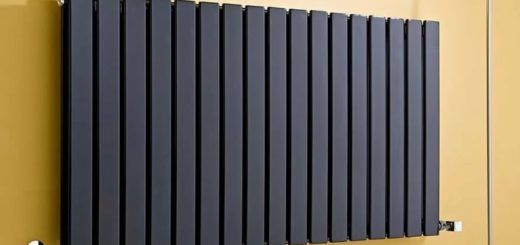Features of mineral fertilizers: types and compositions
Mineral fertilizers – preparations of inorganic origin, which are made from industrial by-products or natural raw materials. Because each type of plant requires different amounts of nutrients, it is important to choose the “” correctly and enter them, according to instructions.

Types of mineral fertilizers
Using them, manages to compensate for natural soil deficiencies, saturate plants with readily available nutrients and, thereby, increase productivity. Depending on the composition, they are divided into simple (one-component) and complex (multi-component). They also differ in the concentration of nutrients. Can be highly concentrated (60 %), average (to 60 %) and low concentrated (to 25 %).
Depending on the composition, mineral fertilizers are classified into the following types: microfertilizers, nitrogen, phosphorus and potassium. Let's talk about the most popular ones in more detail..

Popular mineral fertilizers
Fertilizer application promotes foliage formation, active growth and development of plants, increase in productivity.
Among the most popular mineral fertilizers are the following::
- ammonium nitrate. It contains easily digestible nitrogen, which easily dissolves in water. Saltpeter is applied either during sowing, or before it. It can be used in any soil;
- sodium nitrate. Used to feed plants and does not increase soil acidity. It includes up to 16 % nitrogen;
- calcium and potassium nitrate. Except nitrogen, contains calcium and potassium respectively;
- urea (urea). Consisting of about 50 % nitrogen. Urea is a highly concentrated fertilizer, which can be mixed with others;
- nitroammophoska. It contains phosphorus, potassium and nitrogen, the concentration of which is 16 % everyone. It's universal, environmentally friendly product;
- potassium sulfate. Often used for spraying and irrigating crops, that is, outside of root dressings. The fertilizer contains more than 50 % potassium oxide and more 17 % sulfur. It is ideal for plants, susceptible to the negative effects of chlorine;
- manganese sulfate. Promotes active formation and development of foliage, accelerates flowering and fruit appearance.
Copper and iron sulfate are also in demand, zinc sulfate, sulfur, potassium humate, succinic acid, etc.. d. Each properly selected mineral fertilizer, will promote normal plant development and increase productivity. However, to achieve the desired results, it is necessary to take into account the needs of cultures, soil features, and also apply fertilizers according to the manufacturer’s recommendations. Otherwise, there is a high risk of harming plants.



